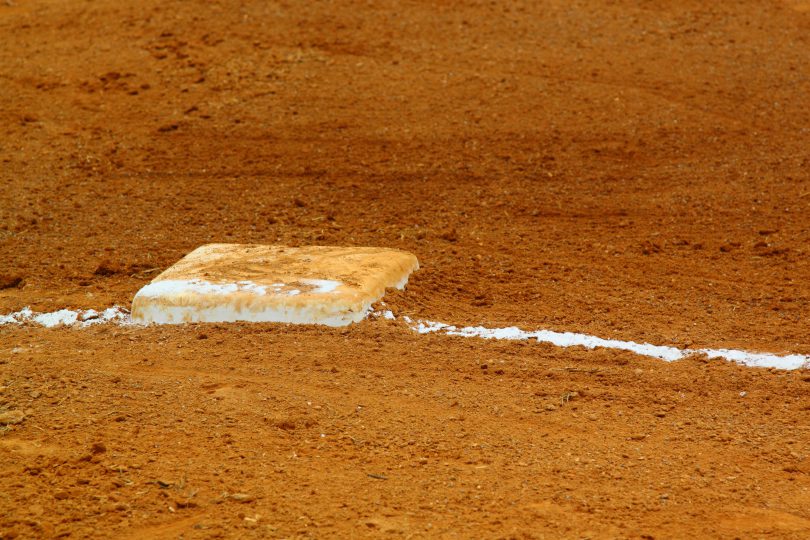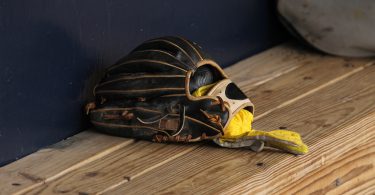The Situation:
It’s the top of the 7th in a 0-0 game early in the season. It’s cold and wet and hitters from both teams have been struggling to generate offense all night. So far, no runner has made it past second base. A light drizzle has subsided as the right-handed batter steps in the box to lead off the inning.
The Play:
On the first pitch of the at bat, the hitter squares up an outside fastball and hits it past the diving first baseman, just inside the right field line. The batter has a double on his mind out of the box. He widens his route and doesn’t lose any steam as he heads towards first base on a perfect curve. He glances up and sees that the right fielder has not yet reached the ball as he approaches first. He picks up the base and steps right on top of it as he focuses on second. The shiny white base at first, still new and firm, is slick from the rain. As the batter steps on top of the base, his cleat slides as he awkwardly loses his balance.
The Outcome:
The batter tries mightily to regain his balance, but he is too far off balance to recover. Four jumbled steps past first base, he finally bites the dust, falling flat on his stomach. He scrambles to his feet, but at this point, it’s too late. He’s stuck in no-mans-land and the second baseman is chasing him with the ball. He gets no more than a step back towards first, when he is tagged. He is both humiliated and out, and the lead-off double nixed.
What Went Wrong:
In all aspects of baseball, small details often make the difference. They don’t call baseball a game of inches for nothing! Stepping directly on top of the base is something that should never be done while in motion. First, it is dangerous and can result in rolling an ankle or losing footing like we see in this play that resembles the play described above. Second, it is a slower way to get around the bases, as the top/center of the base is farther from you than the front/corner. On plays like this or bang-bang plays at second on potential doubles, that distance can be the difference between out and safe
To understand why we don’t want to step on top of the base in motion, it’s helpful to understand the way bases are constructed. Next practice, take some time to look carefully at the way the bases are designed at your home field. You will likely see there are diagonal lines that run from base corner to opposite corner, creating four triangular quadrants. Each triangle is on a slight incline, meeting in the center of the base at a more elevated height than the corners. This means that the base is not completely flat on top, it is slightly peaked and angled in 4 directions. These quadrants and angles actually help the base runner when used correctly.
What the runner should have done is hit the inside corner or the base on the fair territory side, dipping his inside shoulder, and using the angled inside part of the base to propel himself towards second. This has significant directional and momentum advantages. Hitting the inside corner as you round a base also helps you keep the route to the next base as short as possible. It’s also incredibly important to keep your eyes on the base as you round it. This simple thing can be the difference between a smooth run around the bases and a miscalculated step that puts you on your face. Base running technique is a great conversation to have with your coach. Thinking the game ahead of time and applying proper technique will definitely help you win games!







